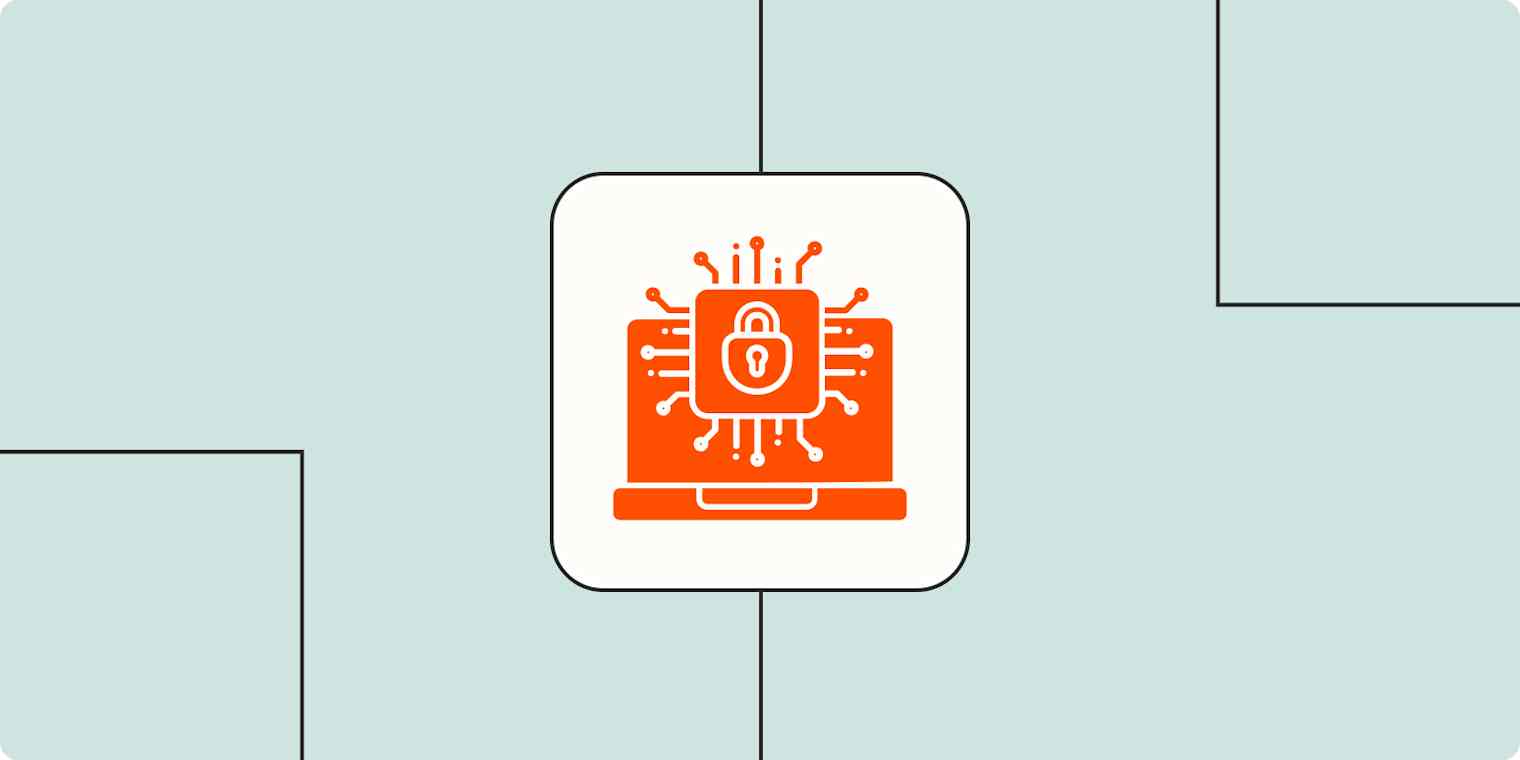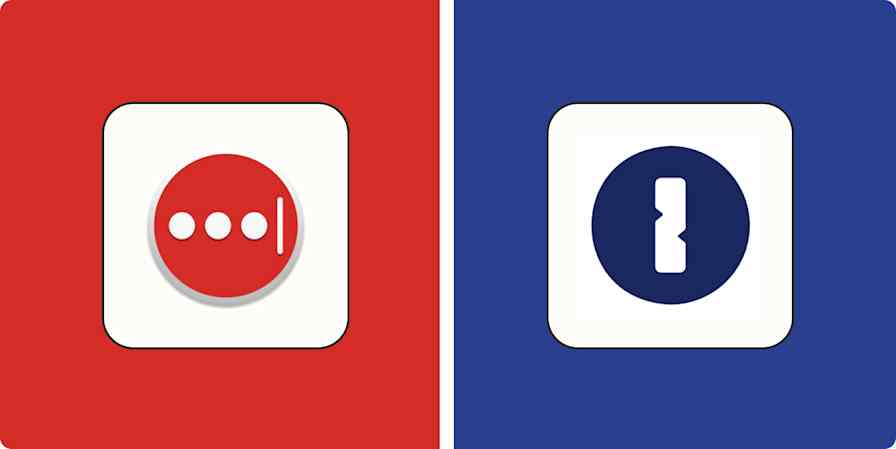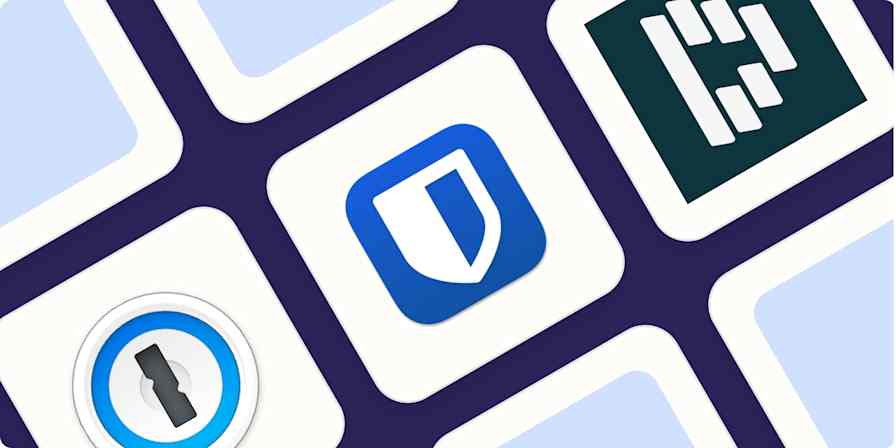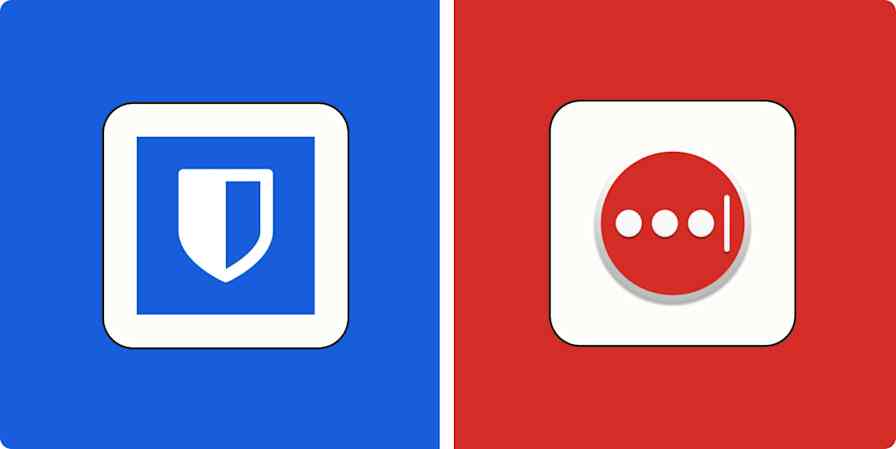Productivity tips
6 min readHow to change your passwords in 6 steps
Here's how to change your weak and reused passwords to better ones with a password manager.
By David Hartshorne · November 21, 2023

Get productivity tips delivered straight to your inbox
We’ll email you 1-3 times per week—and never share your information.
Related articles
Improve your productivity automatically. Use Zapier to get your apps working together.








